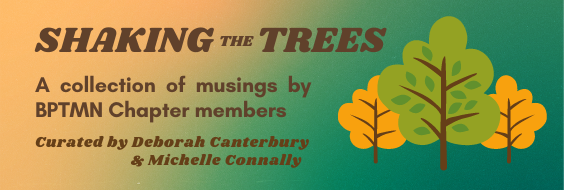Susan Abernethy, Class of 2018
My HOA asked me to assist them in identifying whether certain plants on their grant proposal list might be toxic to children and pets. The city of Plano required this information on their neighborhood beautification project grant proposal. I was able to research native plants they plan to use that might be considered toxic from two books – TOXIC PLANTS OF TEXAS (2004) borrowed from someone and Dr Diggs’ ILLIUSTRATED FLORA OF NORTH CENTRAL TEXAS. Since most plants on the list are natives, they were very helpful. I also asked several people I know from NPSOT and Collin County Master Gardeners.
The TOXIC PLANTS OF TEXAS (2004), published by Texas Cooperative Extension is no longer available, but a revised edition was published in 2021. I have ordered a personal copy and one for the chapter library. I think it is good information for us to know as these questions arise. Leah’s talk on the Death camus highlighted for me that I don’t have this information on hand and perhaps we all should, then the request from the HOA followed her talk by a few days. A proper toxic plants list might be compiled by those in the chapter with the most plant knowledge for our personal use and as we pass on plants and recommendations to friends and the public. I also think a toxic plants list might be a useful addition to the native plant sale poster boards.
Editor’s Note –
Here are the links to the books mentioned in this post.
Shinners and Mahler’s Illustrated Flora of North Central Texas
PDF download available from Dr. Diggs on his Austin College site. http://artemis.austincollege.edu/acad/bio/gdiggs/NCTX%20pdf/FNCT%200001-0108.pdf
Online version hosted by Fort Worth Botanic Garden and BRIT press.
https://fwbg.org/research/brit-press/illustrated-flora-of-north-central-texas-online/
Toxic Plants of Texas
https://agrilifelearn.tamu.edu/s/product/toxic-plants-of-texas/01t4x000002dF5SAAU




[…] Susan Abernethy – Toxic Plants Guidebook Recommendations […]